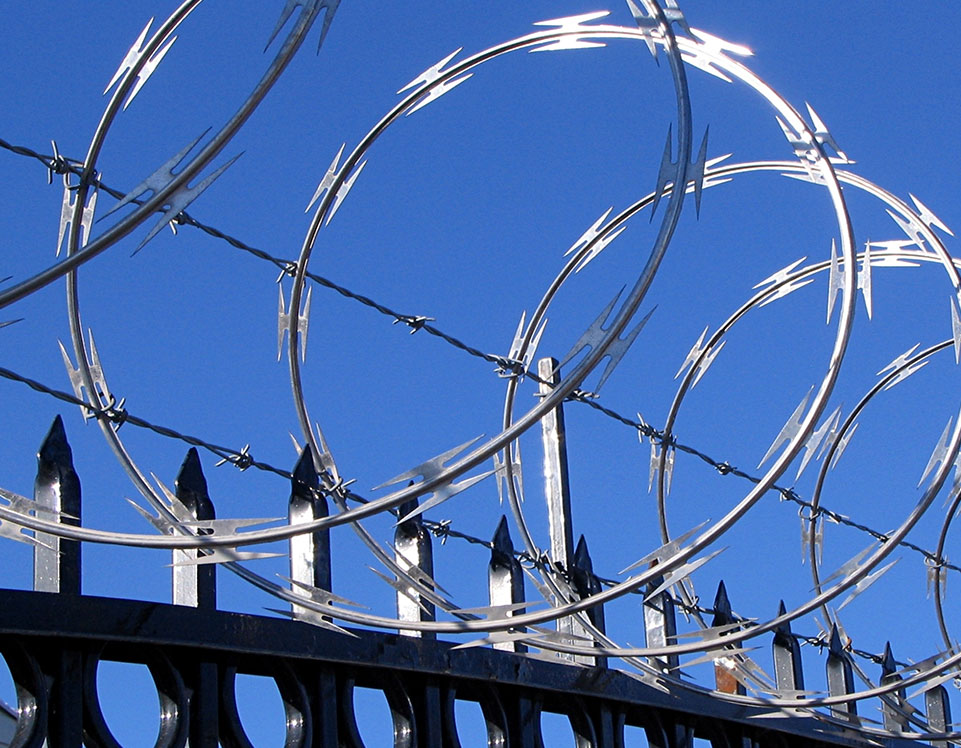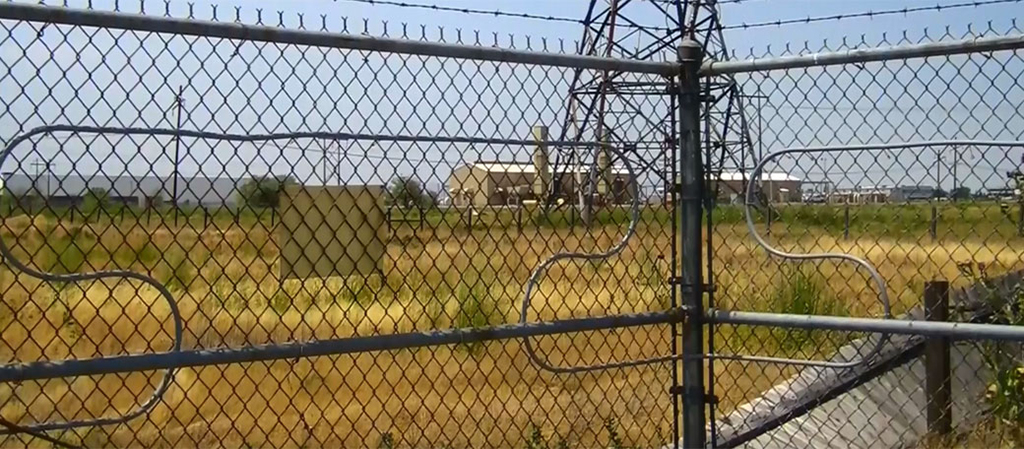A Step-by-Step Guide to Fiber Optics Infrastructure for Security Installations
A Step-by-Step Guide to Fiber Optics Infrastructure for Security Installations
Blog Article
Why Fiber Optic Security Equipments Are the Future of Protection
The change to fiber optic safety and security systems notes a substantial innovation in the world of security, driven by their extraordinary data transmission abilities and strength to outside disturbances. As the landscape of safety and security progresses along with arising modern technologies such as AI and IoT, the possibility for fiber optics to boost and redefine protection frameworks ends up being progressively evident.
Advantages of Fiber Optic Solutions
One of the primary benefits of fiber optic systems is their premium data transfer capability, which assists in the transmission of big volumes of data over cross countries without considerable loss. This characteristic is particularly beneficial for security applications that call for the constant tracking and transfer of high-definition video clip feeds, sensor data, and various other critical info. Fiber optics can suit the expanding demands of modern-day safety systems, making sure that data continues to be intact and dependable.
Additionally, fiber optic wires are less susceptible to electro-magnetic interference, which can be a substantial problem in environments with numerous electronic tools. This resistance improves the integrity of the information being transmitted, therefore lessening the risk of information breaches or system failings. Fiber optic systems are naturally more safe than conventional copper wires, as tapping right into a fiber optic line without discovery is exceedingly tough.
The sturdiness of fiber optic wires also contributes to their allure. They are immune to environmental aspects such as wetness and temperature level fluctuations, minimizing upkeep expenses and increasing system durability. Overall, these benefits position fiber optic systems as a robust and effective selection for modern safety facilities, making certain dependable and safe information transmission.
Enhanced Data Transmission Speed

The ability to transfer huge quantities of information promptly facilitates the seamless combination of high-definition video clip feeds and progressed analytics. Protection systems can now process and analyze details in real-time, improving reaction times and situational understanding. In addition, fiber optic links sustain longer transmission ranges without destruction of signal top quality, making them excellent for expansive security networks.
The increased speed of fiber optic systems not just boosts the efficiency of security procedures yet additionally lowers latency. This is specifically vital in essential circumstances where timely decision-making can avoid safety and security violations or mitigate prospective risks. As companies remain to prioritize security and efficiency, the need for quick and Click This Link trusted data transmission will unquestionably strengthen fiber optic systems as a foundation of contemporary security framework.
Resistance to Disturbance
Fiber optic safety systems regularly demonstrate exceptional resistance to electro-magnetic disturbance, a vital advantage in settings susceptible to electronic sound. Unlike conventional copper cables, which can be adversely impacted by electromagnetic areas, superhigh frequency disturbance, and other kinds of electrical disruption, fiber optic cords utilize light to send data. This integral building guarantees that the signals continue to be clear and unaltered, no matter of surrounding digital activity.
Using glass or plastic fibers in fiber optic technology creates an obstacle against disturbance, allowing for trustworthy data transmission also in tough situations such as commercial facilities, metropolitan locations with high electronic website traffic, or locations near radio towers. This characteristic dramatically decreases the chance of signal degradation or loss, making fiber optic systems especially ideal for safety and security applications where stability and precision of data are vital.
In addition, this resistance to interference improves the general efficiency and click to read more reliability of safety and security systems, making sure that surveillance and alert systems work effortlessly. In a globe where security is increasingly endangered by advanced innovations, the strength of fiber optic systems stands out as a pivotal function, strengthening their condition as a crucial part of modern-day security infrastructure.
Cost-Effectiveness Over Time
Significant cost savings can be accomplished gradually with the implementation of fiber optic safety systems. While the initial investment might appear higher compared to conventional copper-based systems, the long-lasting monetary advantages emerge with minimized functional and maintenance costs (fiber security). Fiber optic cables are inherently more durable and much less at risk to environmental factors, which converts to decrease substitute and repair work expenses over their lifespan
In addition, fiber optic systems need much less power to operate, which better reduces power costs. Boosted data transmission abilities allow for less repeaters and amplifiers, minimizing devices financial investment and improving installment processes. The scalability of these systems likewise adds to cost-effectiveness, as organizations can broaden their security facilities without sustaining significant added costs.
Another element to take into consideration is the increased effectiveness in surveillance and response abilities that optical fiber provide. Enhanced real-time data transmission can bring about quicker incident reaction times, possibly mitigating losses and responsibilities related to safety and security violations. In amount, the lasting advantages of fiber optic safety and security systems not only validate the first expense but also position them as an economically prudent option for companies looking for durable defense remedies.

Future Innovations in Safety And Security
Progressing technologies are set to change security systems, integrating expert system (AI) and artificial intelligence to improve hazard discovery and response capabilities. These advancements will certainly permit protection systems to examine large amounts of data in see it here real-time, identifying patterns and anomalies that indicate possible dangers. This aggressive strategy will certainly make it possible for faster decision-making and much more efficient event actions.
Furthermore, the unification of the Net of Points (IoT) is leading the way for interconnected protection tools, supplying thorough security and surveillance. Smart sensing units can communicate info regarding environmental changes, while automated notifies can notify security employees immediately of dubious tasks.
In addition, the development of biometric innovations will further bolster protection systems. Facial recognition, finger print scanning, and retina identification are becoming more innovative, supplying layers of authentication that are difficult to bypass.
Verdict
Finally, fiber optic safety and security systems represent a significant improvement in security technology, using unequaled data transmission rate, resistance to electro-magnetic interference, and long-lasting cost-effectiveness. As the demand for innovative safety and security solutions proceeds to grow, the assimilation of fiber optics with arising technologies such as AI, IoT, and biometrics will certainly even more boost safety infrastructures (fiber security). The combination of these innovations will ensure a much more secure and responsive setting, solidifying optical fiber as a cornerstone of future safety systems
Report this page